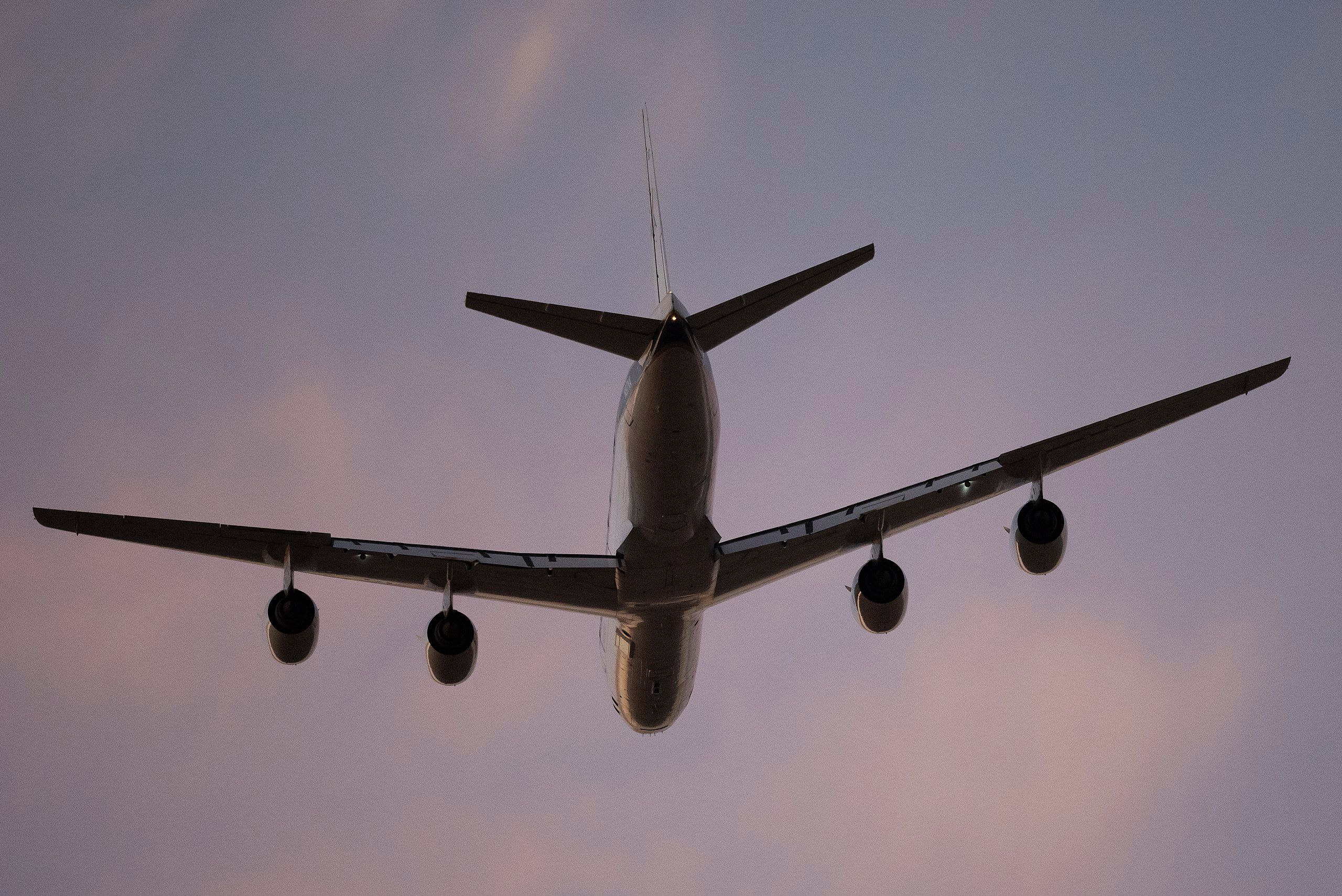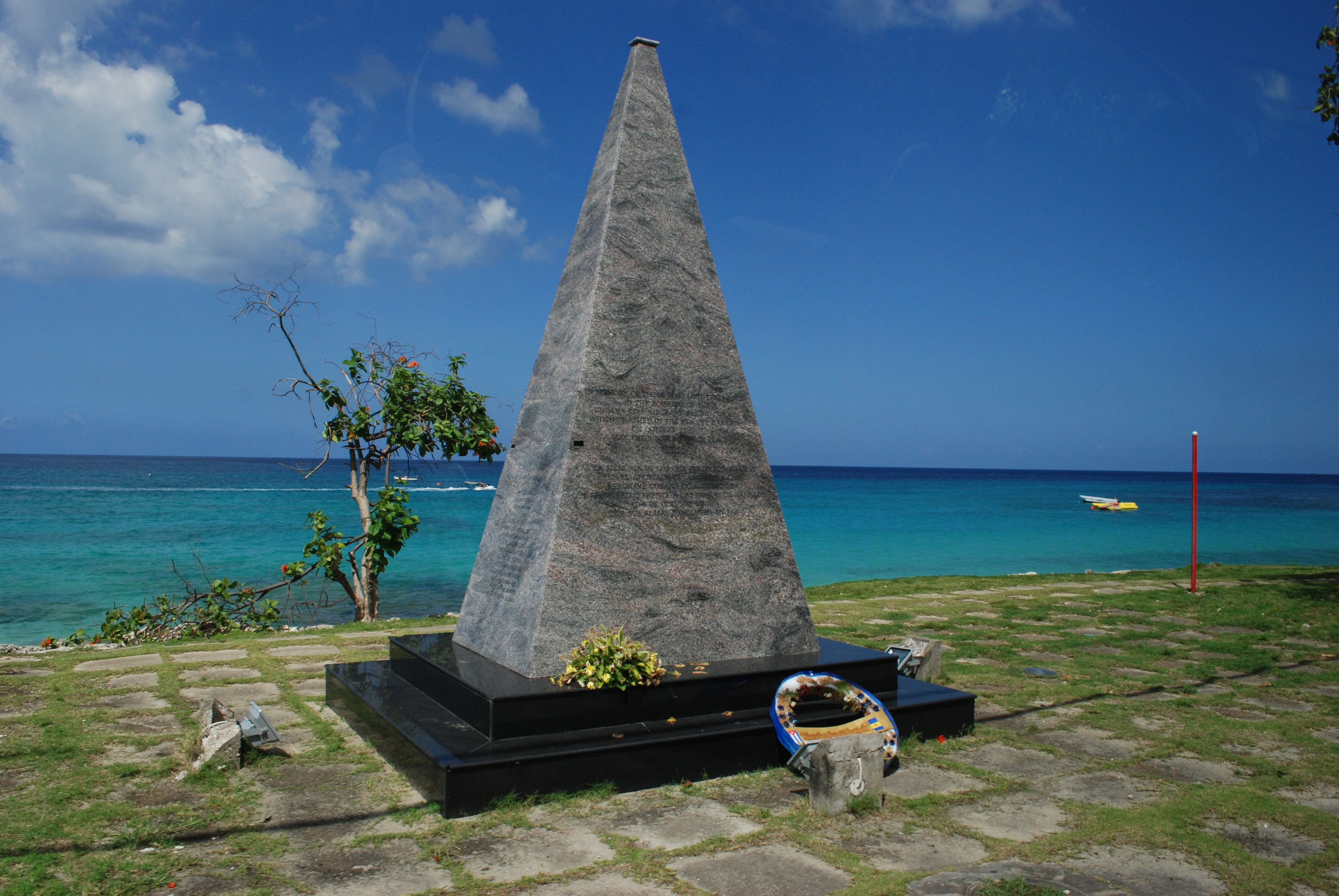Exactly 46 years ago today, on Wednesday, October 6th, 1976, a Cubana de Aviación Douglas DC-8 was blown up, killing all 73 passengers and crew, including every Cuban national fencing team member.Cubana de Aviación Flight 455 was a regularly scheduled flight between Guyana and Havana with stops at Piarco International Airport (POS) in Trinidad, Bridgetown-Grantley Adams International Airport (BGI) in Barbados and Kingston-Norman Manley International Airport (KIN) in Jamaica.The aircraft involved in the incident was a 15-year-old Douglas DC-8 registered CU-T1201..gif) The flight took off from Bridgetown's Runway 09 at 17:15 for the just over three-hour flight to Jamaica. Shortly after takeoff, while at an altitude of 18,000 feet and climbing, two bombs exploded. One of the bombs was in the midsection of the cabin, and the other was in one in a rear lavatory.
The flight took off from Bridgetown's Runway 09 at 17:15 for the just over three-hour flight to Jamaica. Shortly after takeoff, while at an altitude of 18,000 feet and climbing, two bombs exploded. One of the bombs was in the midsection of the cabin, and the other was in one in a rear lavatory.
Realizing something was wrong, the pilots tried to return to Barbados but could not maintain control of the plane. After determining that they would not be able to make the airport, the captain turned the plane out to sea rather than risking crashing on the beach and possibly killing tourists. The plane crashed in the Caribbean Sea eight miles off Porters, St James killing 25 crew members and 48 passengers.
Love aviation history? Discover more of our stories here
The background to the bombing
In 1976 several Cuban exile groups with links to the American Central Intelligence Agency (CIA) waged a campaign against Caribbean countries that had friendly relations with Cuba. In July, the same flight was targeted with a suitcase bomb that exploded on the apron before being loaded on the plane. Other bombings that summer included attacks on the offices of BWIA in Barbados, Air Panama in Colombia, and Iberia and Nanaco Line in Costa Rica. Other Cuban exile-linked attacks included the assassination of a Cuban official in Mexico and two others in Argentina.
Preparations for the bombing of Cubana Flight CU 455
A day earlier, on October 5, Lugo and Hernán Ricardo Lozano flew from Caracas, Venezuela, to Port of Spain, Trinidad. While at Piarco International Airport (POS), they rejected an offer to fly on an earlier British West Indies Airways (BWIA) flight to Barbados. With the help of one of the Cuban fencing team interpreting for them, the pair were able to get seats on the Cubana flight to Havana.
Once in Barbados, the pair got off the aircraft and flew back to Trinidad. Several hours after the bombing, police in Trinidad tracked down and arrested two Venezuelan men traveling as Freddy Lugo and Hernan Ricardo Lozano.
Both men confessed to the bombing, claiming they were ordered to plant the bombs by a CIA operative named Luis Posada Carriles. Also implicated in the plot was another CIA operative named Orlando Bosch.
Eight days later, Posada and Bosch were arrested in the Venezuelan capital. During the raid, police found weapons, explosives, and a radio transmitter. A week later, representatives of the Barbados, Cuba, Guyana, Trinidad, and Venezuelan judicial systems met in Port of Spain and decided that the trial should take place in Caracas because the four men were Venezuelan citizens.
The trial
The judge in charge of the case decided that it should be held by a military tribunal where they would be on trial for treason. A military judge later acquitted all four A civilian trial was then called for by prosecutors, and Lugo and Ricardo were sentenced to 20 years in prison. Orlando Borsch was acquitted because evidence gathered by other countries had not been translated into Spanish. On the eve of his sentencing, Posada escaped from the prison where he was being held and disappeared. Both Bosch and Carriles ended up in the United States and were not sent back to Venezuela.
Get the latest aviation news straight to your inbox: Sign up for our newsletters today.


